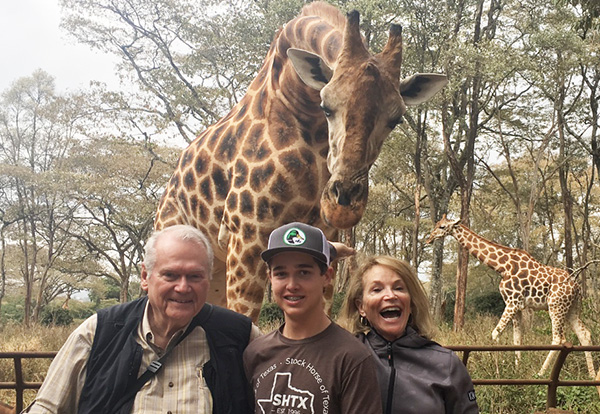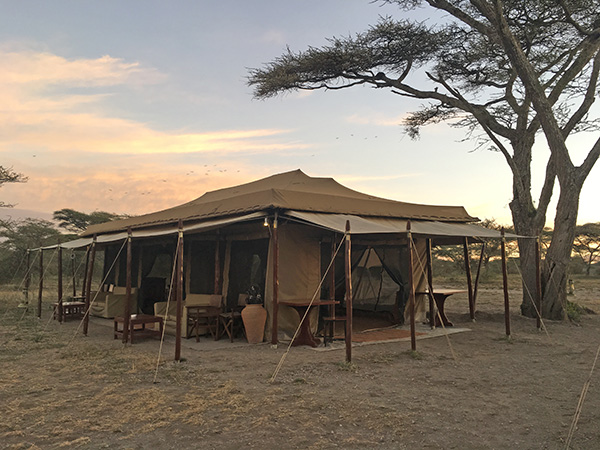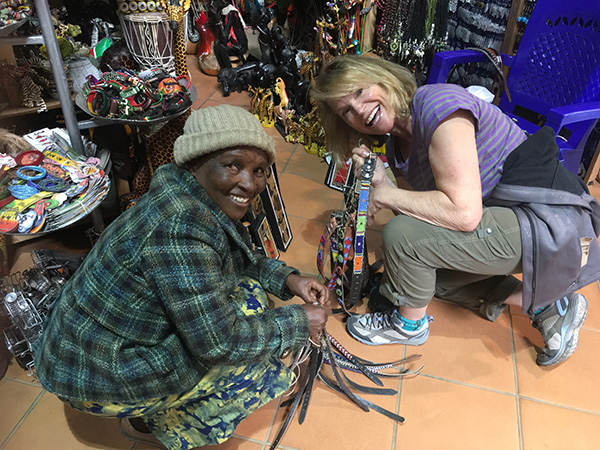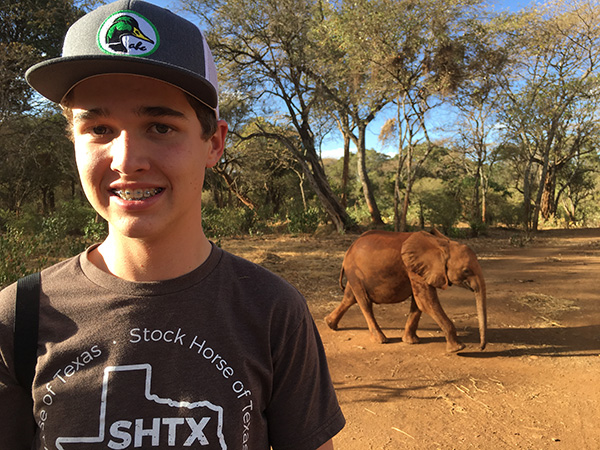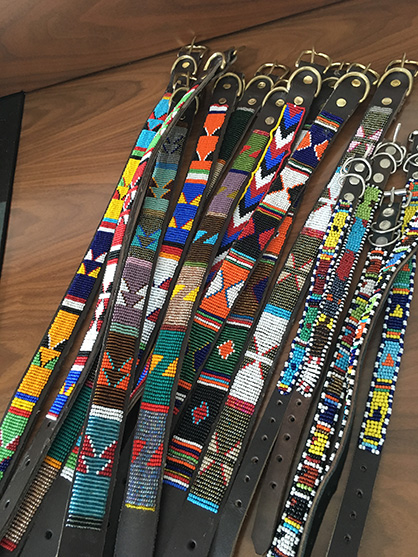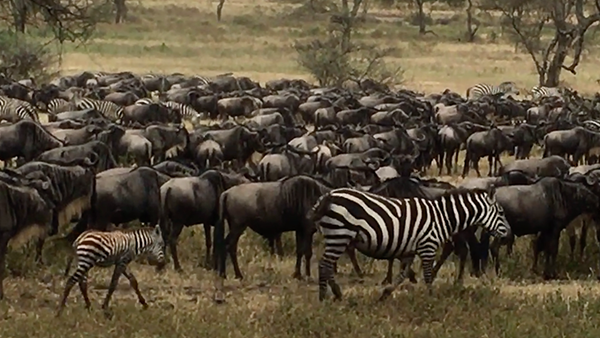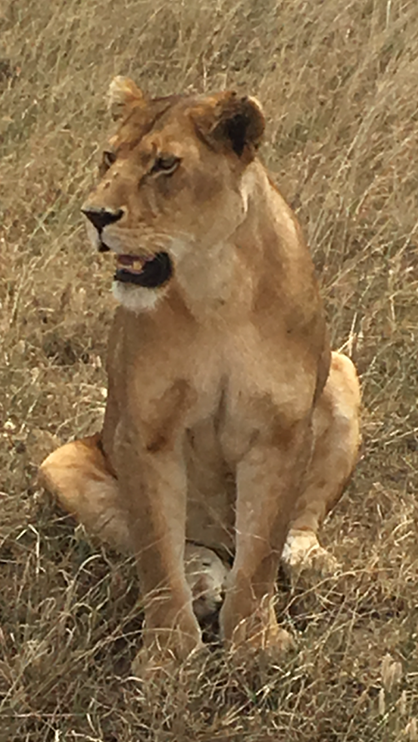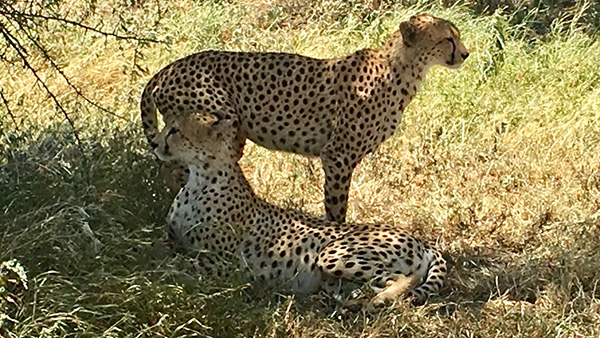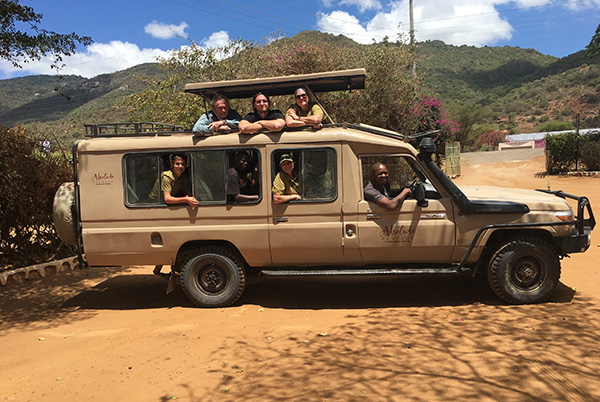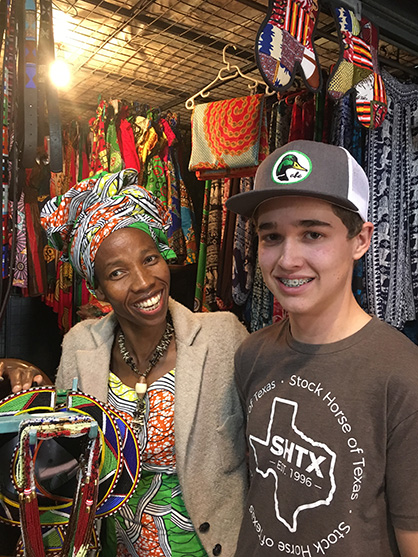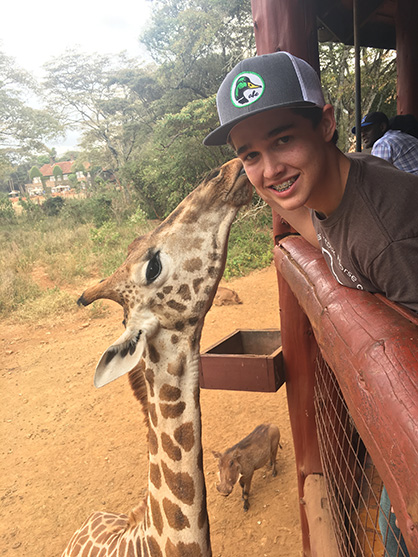After Judging First-Ever AQHA South Africa Show, Ruth Ellen Makes Trek Back to Kenya Each Year
I think I inherited the travel bug from my parents. They were avid travelers who didn’t stop until after my Dad celebrated his 90th birthday in Israel. I began traveling the most after I got my AQHA judge’s card, and that’s why I made my first trip to Africa in 2005.
I was asked to judge the first-ever AQHA show in South Africa, and, of course, while there, I took my first safari. That was all it took. Fast forward to 2018 and now having seven African countries and 19 trips to the continent under my belt, I know that my passion lies in Kenya. In February, I made my seventh trip along with my husband, Mike; Clay Dukes (14-years-old); and Jackie Bescherer and her son, Trevor (23 years old).
Arriving late at night in Nairobi, our prearranged ride took us directly to Macushla House, a small bed and breakfast outside of the city and close to the DSWT Elephant Orphanage that’s always first on my list of Nairobi stops. Arriving at Macushla House is like arriving home for me. I’ve been staying there for seven years. It has a wonderful feel of Africa with mosquito net-draped beds and monkeys screaming in the trees outside the windows.
Our day in Nairobi included a visit to the Giraffe Center for some first-ever giraffe kisses for Clay. Then, we were on to lunch at a quaint garden restaurant. After lunch, we went to the Maasai market, where, last year, I had gotten handmade beaded collars for my dogs, Frankie and Zoey. This year, I got the idea to buy as many as I could and sell them, giving the sale profits to The Paws Cause shelter and rescue groups. I bought 45 collars and all but a half dozen very small ones were gone within three days of my return home.
Then, we visited the orphanage, where, at 5 pm, the baby elephants are brought in from the Nairobi National Park, put into their stalls, given their evening bottles, and literally tucked into bed. As visitors, we could go from stall to stall, talk to the keepers (who spend the entire night in the stalls), and touch any of the babies that come to the stall door for petting. Each baby has a story of its own regarding the loss of its mother and its subsequent rescue.
The next eight days were safaris, first into Amboseli Park (famous for its elephants) where we were graced with seeing Tim, the most famous giant tusker in Kenya. He is 50 years old and has huge, thick tusks that almost drag the ground. He has a kind demeanor and stayed right by the road for at least 1/2 hour before slowly crossing by one car in front of us. His footfalls were so quiet that it wasn’t possible to hear his steps. We saw many amazing things on this trip; but, for me, seeing Tim was the highlight. The fact that he has survived for so long, as elephants are being killed for their ivory at a rate of 1 every 15 minutes, is in itself a miracle.
We went on to Tanzania and stayed in a mobile tent camp in the Serengeti. Don’t be scared. Each tent had a flush toilet. We saw herds of wildebeest and herds of zebra that numbered 1,000; lions in trees (which is highly unusual for a lion); a leopard with its kill in a tree; a cheetah stalk and kill a baby gazelle; a lion kill; newborn wildebeest just minutes old with their umbilical cords still hanging; herds of giraffe; and an incredible dust storm that left us all looking and feeling that the bucket shower (yes, 20 gallons of water… more than enough really) at the end of the day would be very welcomed. Our safari ended all too quickly.
My friends ask why I keep going back, and my answer is simple. It’s always different, never the same. Some have even asked for my help in planning their Bucket List Trip to Africa. Now, THAT’S really fun… sharing my experiences from a place that most people would never think was within their reach.
Do you have a unique story to tell, that relates to the horse industry in some way? Email B.Bevis@EquineChronicle.com. We’d love to hear it!










